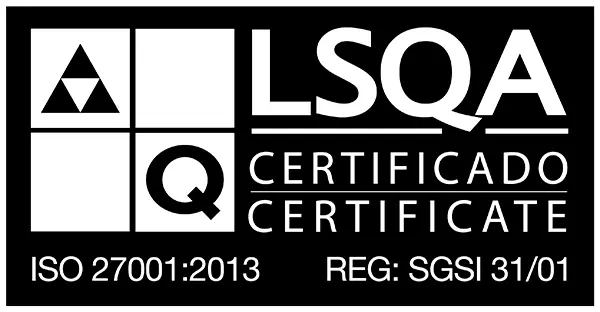They have existed for a few years, but the question is, are they currently the most popular form of digital payment in Latin America?
The use of cash fell to 36% in this region, ceasing to be the preferred payment method, where they are strongly positioned as competitors: contactless cards, P2P apps, instant transfer schemes, digital wallets, among others. (LOVE*)
Across the region, instant bank transfers are projected to grow more than 40% annually through 2026, while digital payments in general will grow at a rate of 20%. (LOVE*)
As we know, instant payments ceased to be a distant resource for society, becoming a trend for users who seek more comfortable experiences, to accelerate their transactions in a simple way; running the least possible risk. That's why we want to share with you the most popular virtual wallets developed in Latam:
PIX, is an instant payment system created by the Central Bank of Brazil, which allows you to make money transfers quickly and securely 24 hours a day, 7 days a week. It is today the most used payment method in the country, surpassing credit and debit card transactions. In addition, PIX can also be used for payments in commercial establishments.
In 2022, 31% of electronic transactions were instant in Brazil and all of these were made with PIX. (LOVE*)
MODE, a digital wallet powered by more than 30 Argentine banks, which allows instant transfers and payments, in addition to including features such as bill payment and credit card management. It has already added 9 million users and its objective is to position itself as Mercado Pago's biggest competitor.
PLIN, was launched in Peru by BBVA in 2020. It allows users to make instant transfers between BBVA accounts and other banks, in addition to including features such as budget management and the ability to split payments with friends and family. It aims to close 2023 with close to 10 million users.
Ulah, is an Argentinian digital wallet that allows you to make transfers, payments and purchases online, in addition to offering a virtual and physical debit card that can be used in commercial establishments. It has more than 5 million users in Argentina, Mexico and Colombia; and it aspires to reach more than 25 million customers by 2027.
Mercado Pago, The digital wallet developed by Mercado Libre allows users to make transfers and payments, as well as receive payments for products and services sold through Mercado Libre. It is already well known in Argentina, Uruguay, Brazil and Mexico. In these countries, 7 out of 10 people highlighted that they already use less cash and 45% of users were able to access a credit or card for the first time through Mercago Pago. (LOVE*)
Paga, It is the fastest growing Colombian digital wallet in the country, allowing users to make payments, cell phone recharges and public transport cards; in addition to sending and receiving money instantly.
David Silver, is a Colombian digital wallet launched in 2011 by Banco Davivienda, which included more than 4.5 million people in the financial system in 10 years. It allows you to make transfers and payments through QR, as well as receive and send money through mobile channels and service points.
Everything indicates that digital wallets are here to stay mainly because they naturally meet the needs of users.
74% of Latin Americans recognize, for example, that they already pay their bills digitally and 19% plan to do so in the future.
Almost half use technology to carry out banking operations, transfer money, loan financing, and others.
77% of Latin Americans want to be able to make purchases or pay their bills directly from their bank to the merchant or service provider, without having to use a card or write a check.
The business models of financial institutions have been transformed in recent years, impacted by the growth of digital payments in Latin America.
It is expected that more and more people will adopt them as instant transfers are an engine for financial inclusion, cost reduction and the strengthening of fintechs. They also allow the development of open banking, boost digital commerce and increase cash flow, encouraging greater innovation and growth.
Latin America, with faster payments, will continue to advance with vitality and innovation in financial technology in general.
*AMI: Americas Market Intelligence.




